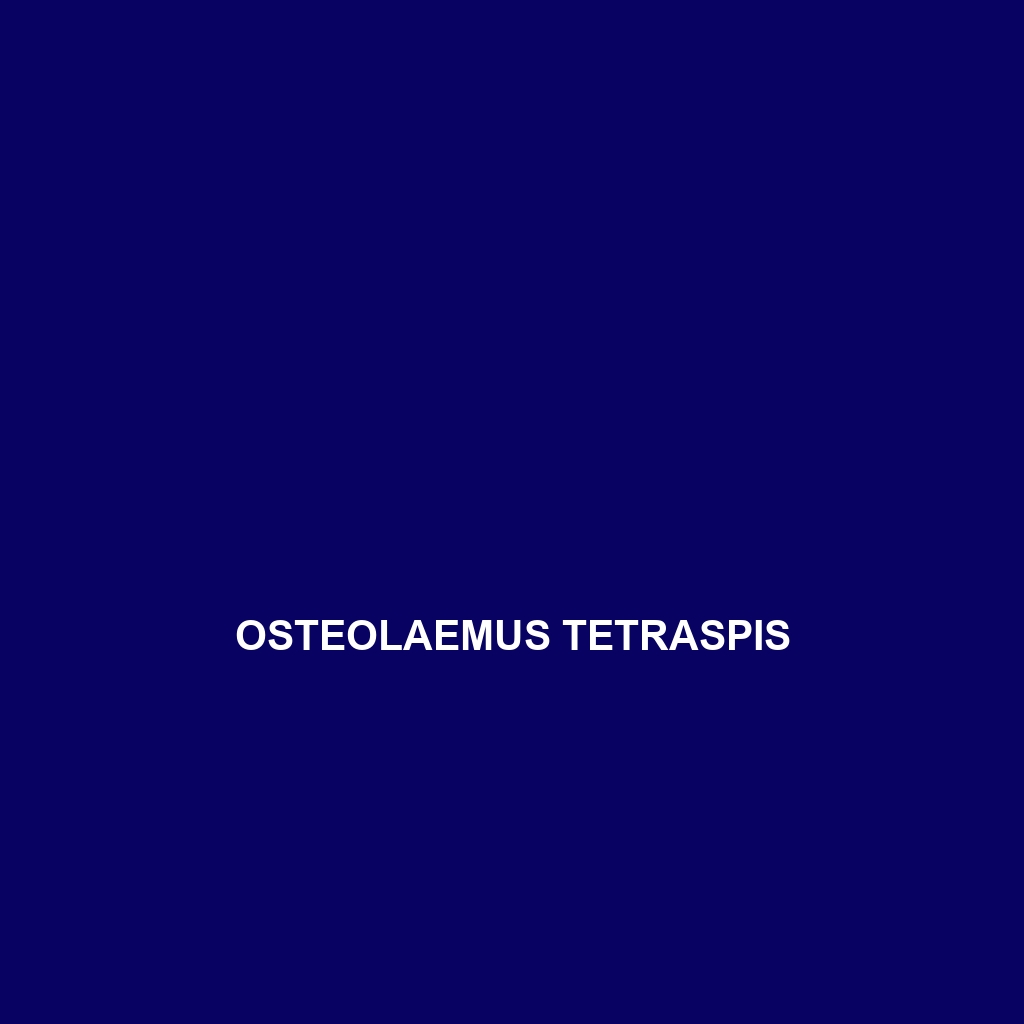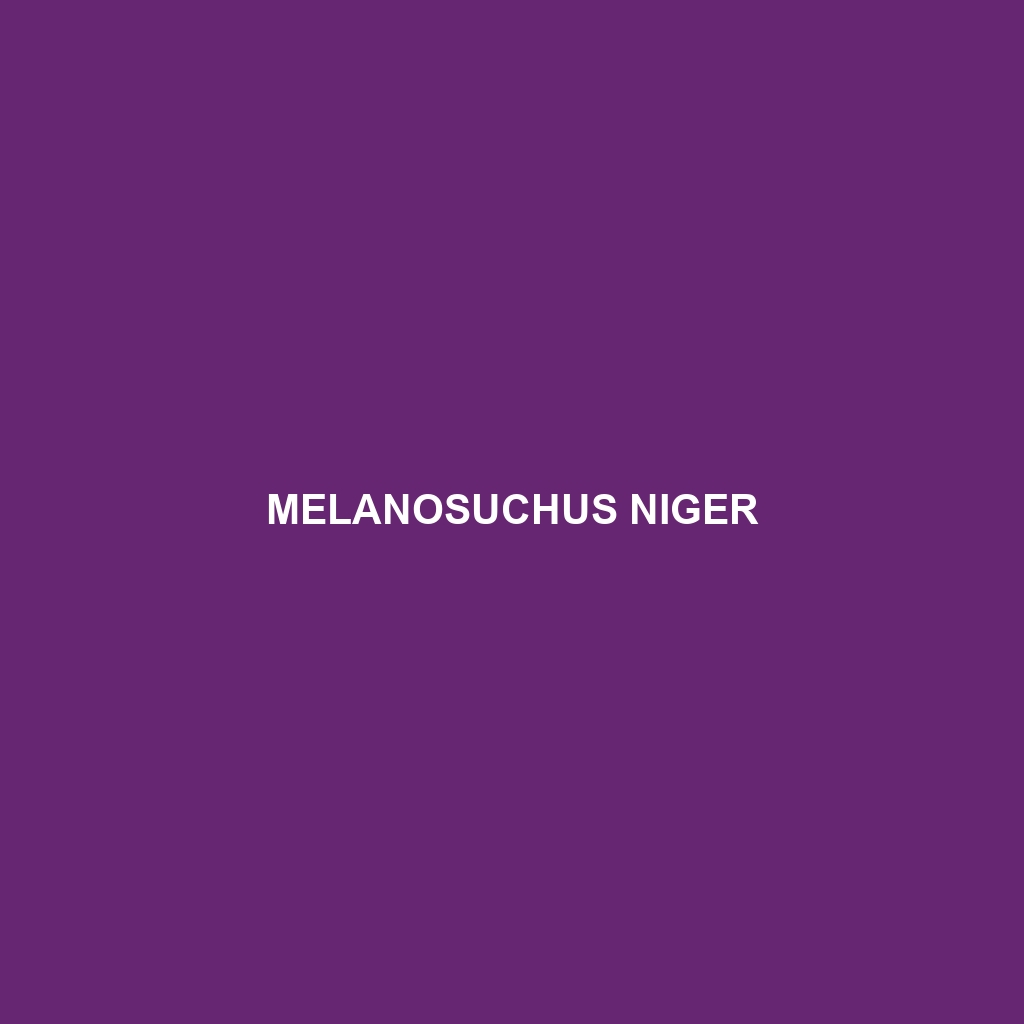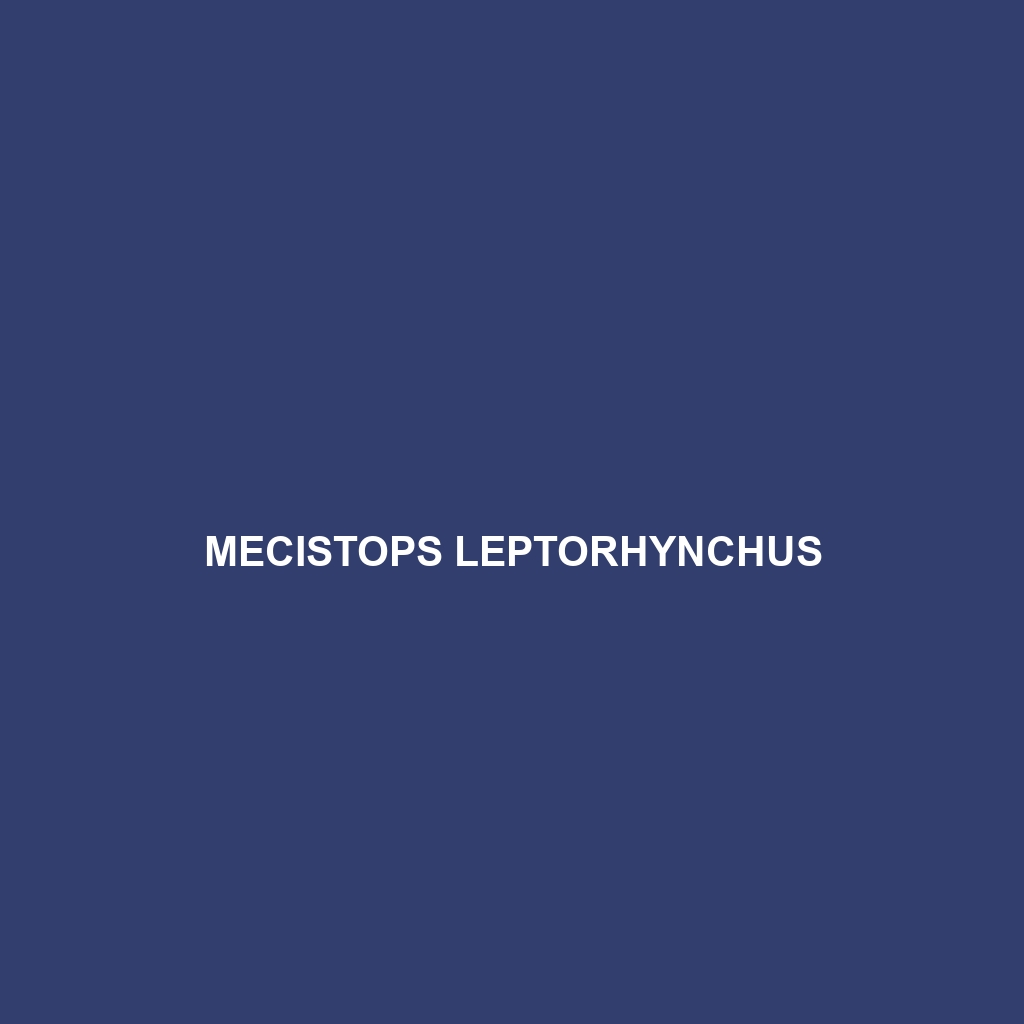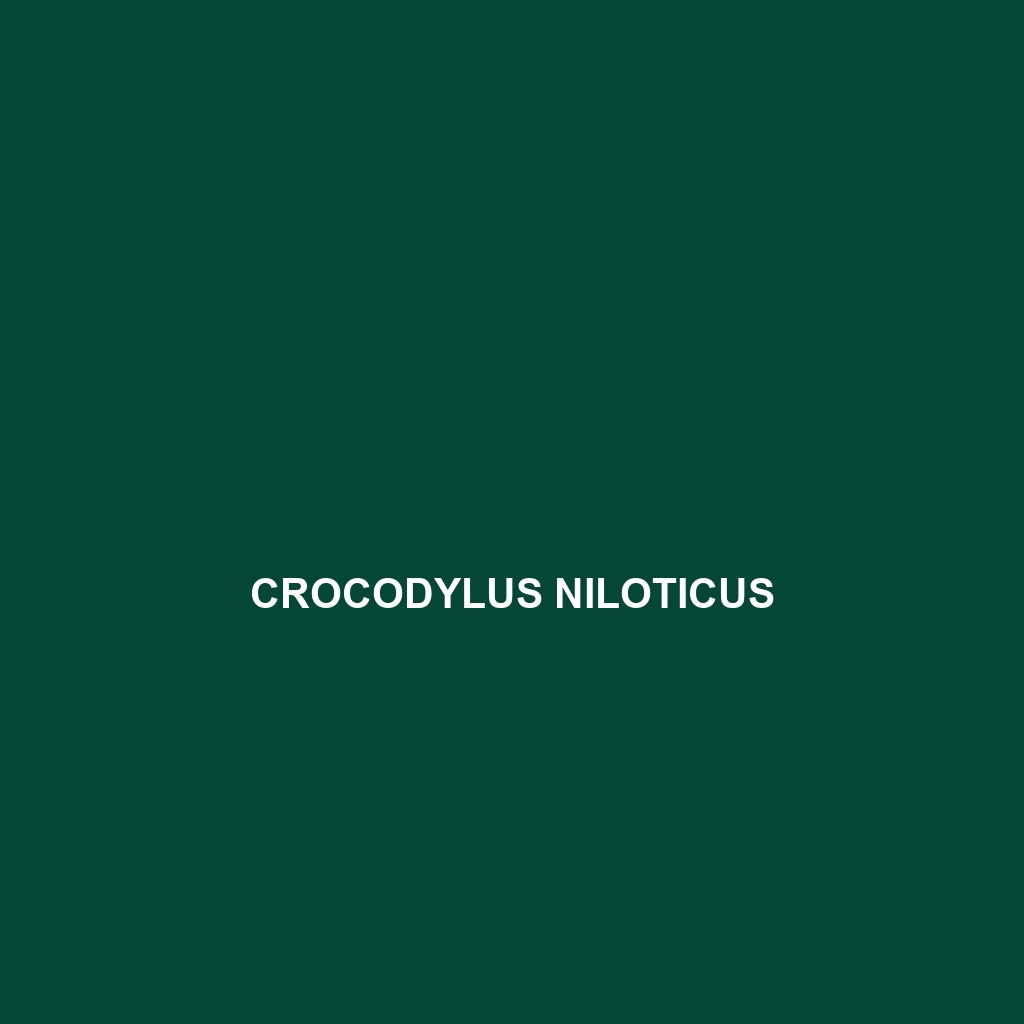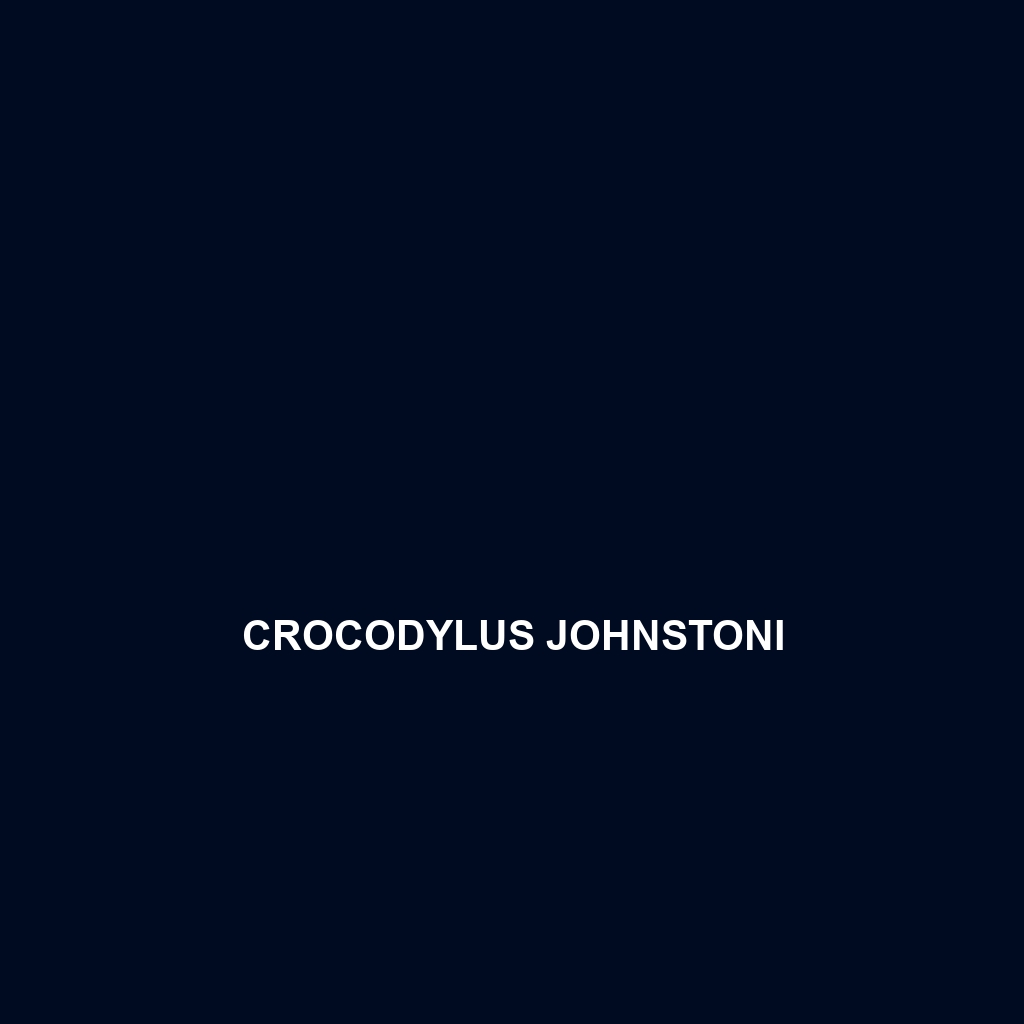Discover the African Dwarf Crocodile (Osteolaemus tetraspis), a unique and vulnerable species native to the tropical rainforests and swamps of West and Central Africa, known for its small size, robust build, and distinctive dark olive green to brown skin with irregular markings. This primarily nocturnal carnivore plays a crucial role in its ecosystem by regulating fish populations and contributing to nutrient turnover.
Tag: crocodilian species
Melanosuchus niger
Discover the formidable Melanosuchus niger, or black caiman, one of the largest members of the alligator family, thriving in the Amazon Basin's freshwater ecosystems. With its robust physique, sharp teeth, and role as a top predator, this species maintains the ecological balance while exhibiting fascinating behaviors and complex social interactions.
Mecistops leptorhynchus
Discover the African slender-snouted crocodile (<i>Mecistops leptorhynchus</i>), a vulnerable species thriving in freshwater ecosystems of Central and West Africa, known for its elongated snout, carnivorous diet, and unique nocturnal behaviors. This distinctive reptile plays a vital role in maintaining aquatic biodiversity while facing threats from habitat loss and poaching.
Crocodylus intermedius
<p>Discover the <b>Orinoco crocodile</b> (<i>Crocodylus intermedius</i>), a critically endangered species native to the Orinoco River's freshwater ecosystems in Colombia and Venezuela. This powerful predator reaches lengths of up to 5 meters and plays a vital role in maintaining aquatic biodiversity.</p>
Crocodylus johnstoni
Discover the <i>Crocodylus johnstoni</i>, or freshwater crocodile, native to northern Australia, featuring a slender body, distinctive coloration, and diurnal behavior. These apex predators play a vital role in their ecosystems by controlling fish populations and maintaining ecological balance.
Caiman crocodilus
Discover the Spectacled Caiman (<i>Caiman crocodilus</i>), a fascinating reptile native to freshwater habitats in Central and South America, characterized by its distinctive facial markings, adaptability in diet, and exceptional maternal care. Standing up to 3 meters long, it plays a vital role in maintaining ecological balance as both a predator and prey.
